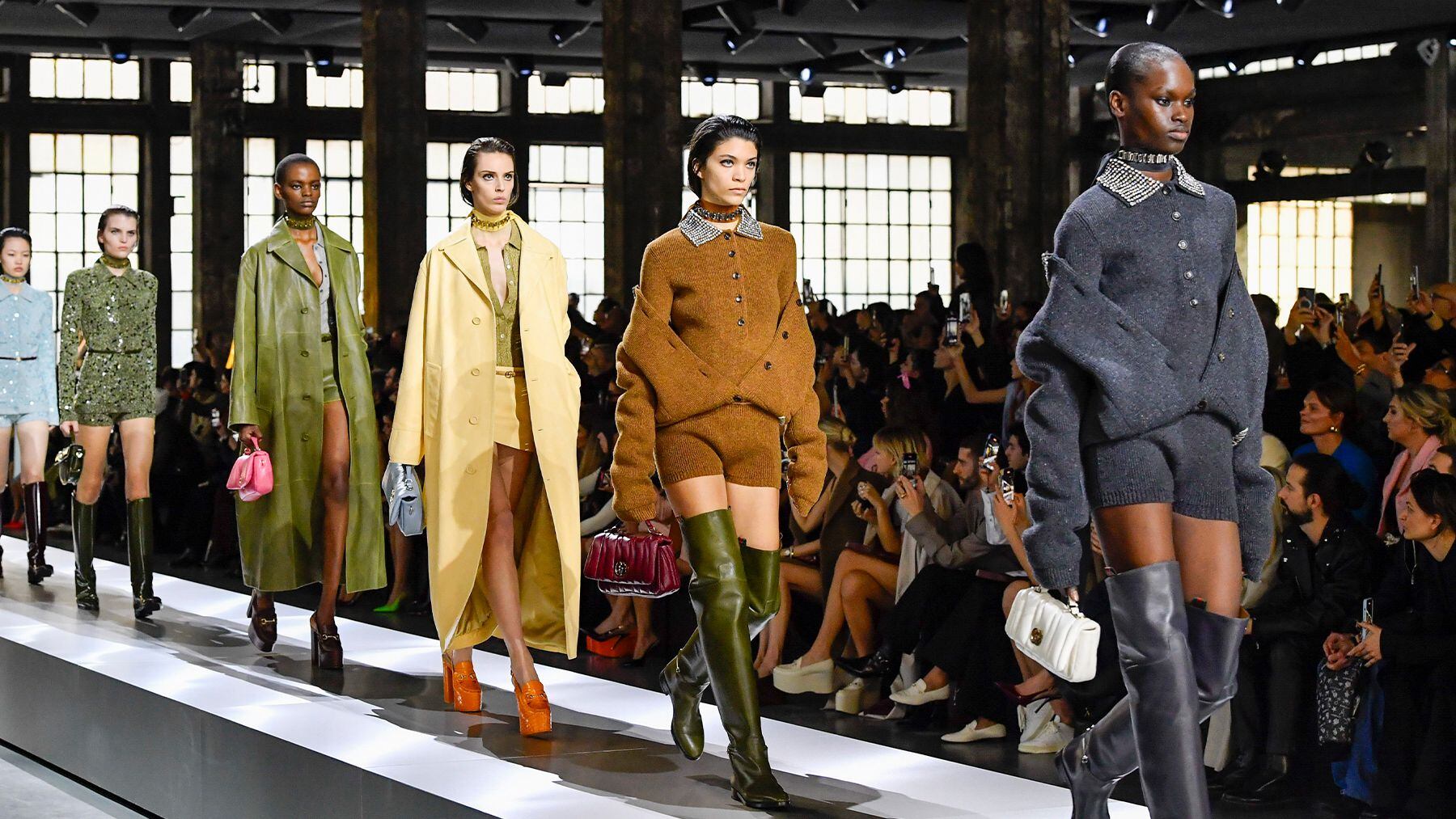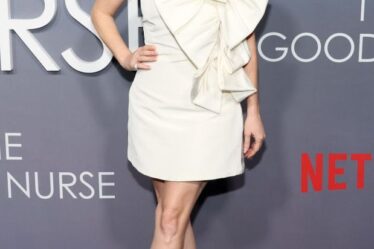
PARIS — Kering’s first-half profits are likely to drop by 40 to 45 percent, the French owner of Gucci and Saint Laurent said Tuesday. The group provided the guidance, which fell far below expectations, while releasing first-quarter sales numbers that confirmed a forecast for a sharp slowdown issued last month. Revenues fell 10 percent on a comparable basis.
Amid a difficult market in China and ongoing efforts to reposition Kering’s brands further upmarket, “the first half of the year is proving even tougher than we had expected,” CFO Armelle Poulou said. “Regardless of the environment we are investing in our brands, even if we are even more selective, more demanding in terms of return.”
Sales at the group’s largest and most profitable brand Gucci, the principal driver of the drop, fell 18 percent on a comparable basis, and 21 percent in reported figures, in line with the forecast the group released in late March. The brand, which has been working to revamp its brand image and strategy under a new designer and CEO, was “particularly impacted by a sharp decline in Asia-Pacific,” the company said.
Sales at Yves Saint Laurent and Kering’s Other Houses division — which includes Balenciaga and Alexander McQueen — both fell by 6 percent, confirming that none of the group’s brands has been exempt from a broader slowdown in the luxury market, particularly among aspirational clients. The weakness was exacerbated by a push to further slash exposure to third-party retailers: wholesale was down 25 percent in both divisions.
Modest bright spots included leather house Bottega Veneta, which reported sales up 2 percent on a comparable basis, in line with fashion and leather goods sales at Kering rival LVMH. Retail sales at the Italian craft-driven brand rose 9 percent.
Balenciaga also showed signs that the worst was behind it after struggling to bounce back from a public relations scandal in late 2022. “At Balenciaga, trends improved in Western Europe and Japan, while the house achieved double-digit growth in North America,” Kering said. The turnaround in North America is significant, as the brand was hardest-hit in the region after one of its ad campaigns became a flashpoint in America’s culture wars.
But all eyes remain on Gucci, whose brand recognition and scale gives it the potential to transform Kering’s finances should it succeed in reigniting consumer interest.
Unfortunately, hopes of a quick turnaround at Italy’s biggest fashion house are fading: after three shows by Sabato de Sarno, the designer’s more subtle, sartorial Gucci has been more effective as a palate cleanser after former creative director Alessandro Michele’s off-kilter styling and over-the-top merchandising than a driver of consumer excitement.
De Sarno’s designs have been “very well received” so far, but only hit stores from mid-February, Gucci said. The share of product that’s designed by De Sarno is expected to gradually ramp up over the course of the second and third quarters.
Stay tuned to BoF for updates on this developing story.


